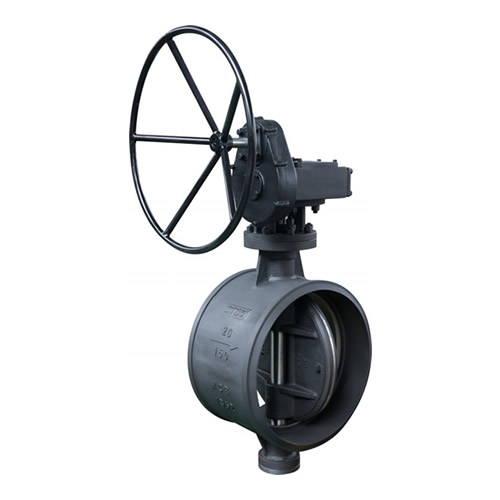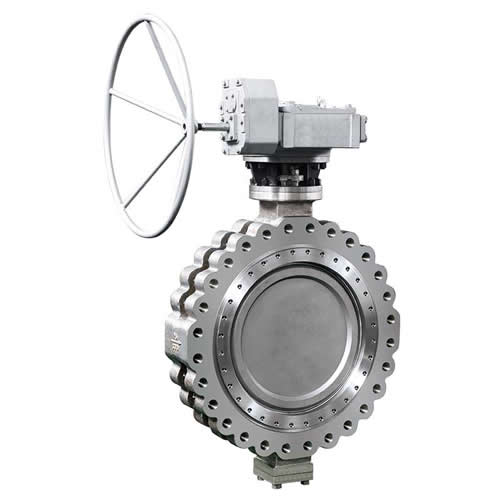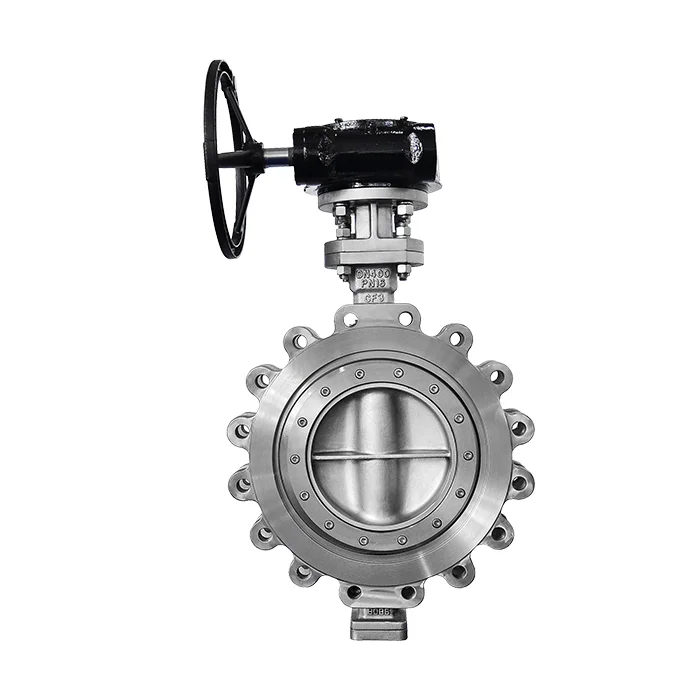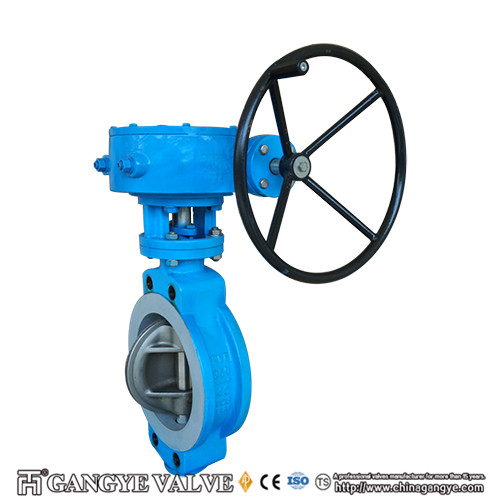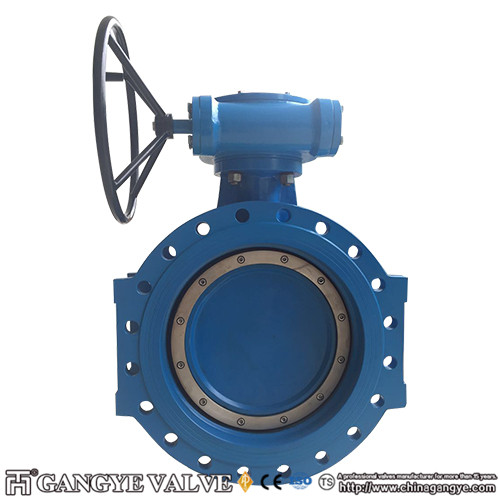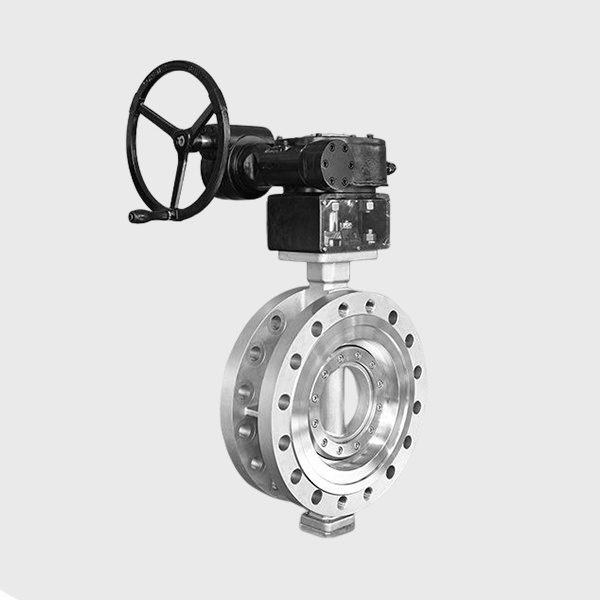Triple Offset Metal Sealed Butterfly Valves | Zero Leakage, API-Certified, Long Lifespan
Discover industry-leading triple eccentric butterfly valves with API 598/ANSI Class VI certification, bi-directional zero leakage, and 30+ year service life. Ideal for LNG, petrochemical, and power plants. Request a quote today!
Next-Gen Triple Eccentric Butterfly Valves: Zero Leakage, Maximum Durability
Engineered for critical industrial applications, our triple offset metal seated butterfly valves deliver unmatched performance in high-pressure, high-temperature, and corrosive environments. Designed to meet API 609, ASME B16.34, and ISO 10497 fire-safe standards, these valves ensure zero leakage and 30+ years of reliable operation across industries like LNG, oil refining, and power generation.
Core Advantages Driving Industry Leadership
- Zero Leakage Guarantee
- API 598 & ANSI/FCI 70-2 Class VI Certified for bi-directional sealing under extreme pressures (up to PN260/Class 1500).
- Frictionless Design
- Triple eccentric geometry eliminates seat-disc contact during operation, reducing wear by 90% and extending lifespan.
- Ultra-Low Maintenance
- Replaceable metal sealing rings and interchangeable parts enable on-site repairs, slashing downtime and costs.
- Fire-Safe & Corrosion-Resistant
- BS EN ISO 10497/API 607 certified with full-metal or multi-layered sealing options for cryogenic (-321°F) to ultra-high temperatures (1202°F).
- Optimized Flow Efficiency
- High Cv/Kv coefficients minimize pressure loss, ideal for LNG transport, steam systems, and marine platforms.
Trusted by Global Industries
- Oil & Gas: Offshore drilling, pipeline transport, refining
- Energy: Nuclear/thermal power plants, district heating
- Chemicals: Petrochemical processing, cryogenic LNG storage
- Heavy Industry: Metallurgy, paper mills, shipbuilding
Technical Specifications
- Sizes: 2”–128” (80mm–3200mm)
- Pressure: Class 150–1500 (PN25–PN260)
- Temperature: -196°C to +650°C (-321°F to +1202°F)
- Connections: Wafer, lug, flanged, butt-welded
- Drives: Gear, pneumatic, electric, hydraulic
Why Choose Us?
✅ 30+ Years of Valve Engineering Expertise (E-E-A-T Compliance)
✅ 100% Interchangeable Parts for seamless maintenance
✅ Global Certifications: API, ISO, ASME, EN, BS
✅ 24/7 Technical Support with localized service teams
LSI Keywords Integrated:
- High-performance industrial valves
- API-certified butterfly valves
- Fire-safe metal seated valves
- Low-maintenance triple offset design
- Corrosion-resistant LNG valves
- Triple eccentric butterfly valve
- Metal seated butterfly valve
- API 609 certified valves
- Zero leakage industrial valves
- High-temperature butterfly valve
- LNG pipeline valves
- Fire-safe butterfly valve
-
Butt-welded triple offset valve
- High Cv/Kv coefficients minimize pressure loss, ideal for LNG transport, steam systems, and marine platforms.
Call to Action:
Boost operational efficiency now!
CTA – Conversion Optimization
Need a valve that outperforms in extreme conditions?
📞 Contact our engineers for a free (working condition analysis) and 3–5% discount on first orders. 📧 sales@chinagangye.com

